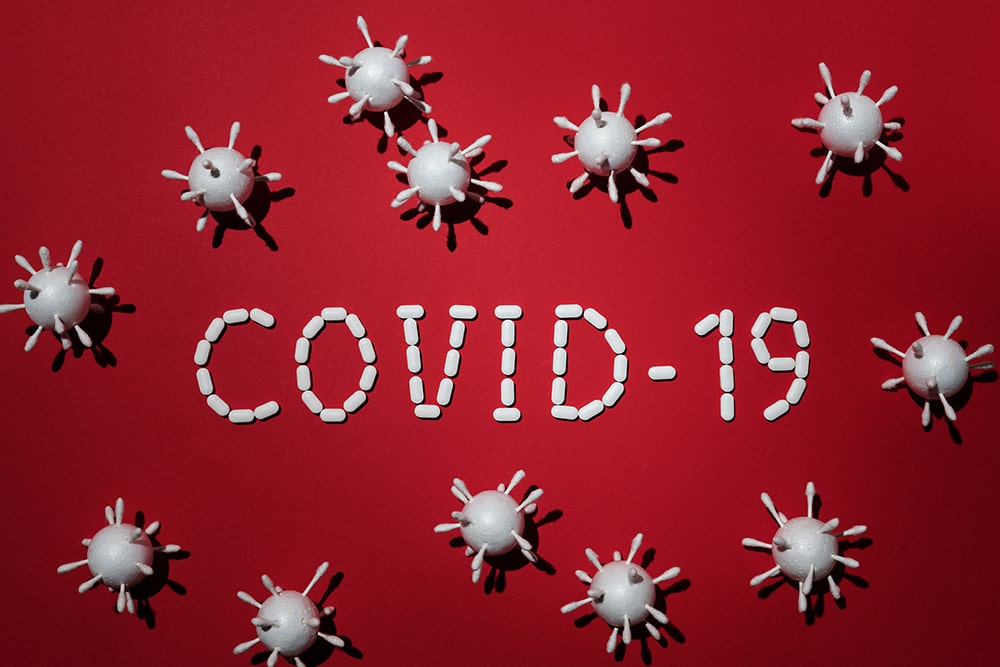There are many myths and controversies around COVID-19 testing. It is interesting to look at the common confusion due in part to the variety of methods available.

Are there multiple methods to detect COVID-19?
The COVID-19 virus is composed of a single strand of RNA and a lipid envelope with virus-specific surface proteins, i.e. antigens (5 major virus antigens have been detected). The methods used in the tests are based on the detection of these structures, as well as the body’s response to the presence of an infection.
What types of methods are used to detect COVID-19?
There are the following types of tests:
- PCR test – it is a test that detects the genetic material of the virus. The technique for detecting viral RNA is a chemical chain reaction that results in multiple duplication of genetic material, which allows the detection of even a minimal amount of virus in a sample. Considered the most accurate indicator of the presence of the virus.
- Antigen test – the antigen test detects viral envelope proteins. The test is performed using immunochromatography. It is a method that uses the phenomenon of combining specific, specially selected antibodies (acting as a colored marker) with virus antigens. The test is considered sufficient in Poland to confirm the infection.
- Serological test – a test that allows the detection of antibodies formed in the body as a response to infection with the COVID-19 virus. The tests performed allow the detection of antibody classes, which helps in further diagnosis. IgG antibodies are long-standing immune proteins. Detection of specific IgG indicates that the fight against the virus is in progress or that an infection has been completed. IgM antibodies are proteins that persist for a short time in the bloodstream. Detection of specific IgM indicates the current immune processes or a recent infection.
Can the tests give false results?
Each test and study carries a risk of error. Two parameters are used to describe the accuracy of the tests: sensitivity and specificity. High sensitivity is associated with a low risk of overlooking the virus (receiving a false negative result). On the other hand, high specificity allows to assess that a positive test result is due to the presence of COVID-19 infection (low risk of receiving a false positive result).
Are COVID-19 tests reliable?
The methods of detecting infections discussed earlier differ in their specificity and sensitivity not only among themselves, but also within the methods themselves (depending on the next generation of tests and the manufacturer). Over time, tests of increasing diagnostic value are introduced.
The test cannot be treated as the final indicator of the disease, the test is always performed in the context of symptoms and epidemiological history. A dry test carries a higher risk of a false negative or a false positive. Tests for COVID-19, despite their high specificity and sensitivity, are at risk of errors, especially in the case of screening tests of a healthy population. In order to avoid diagnostic mistakes, methods are combined and tests repeated.
What are the causes of the COVID19 false positive test?
Each of the methods carries the risk of a false-positive result. In the case of PCR testing, residual, non-infectious viral RNA fragments remaining in the epithelial cells after infection are considered to be the substrate for false-positive test results.
The causes of false positive antigen tests are similar, persistent antigens can be detected despite the infection being eradicated. In the case of one of the generations of antigen tests, the tested antigens were characteristic not only of the COVID-19 virus. The presence of the N protein tested by some tests carries the risk of a false positive result due to the presence of the protein both on the envelope of the COVID-19 virus and the virus responsible for the SARS-CoV “1” epidemic.
A positive antibody serology test does not necessarily indicate an ongoing infection. IgG antibodies can persist long after exposure to the virus. IgM antibodies (indicative of a fresh infection) most often disappear a few days after infection, but the rate of decay varies among individuals, which may lead to misinterpretation of the test.
In order to minimize the risk of error, more than one type of test is usually ordered and the testing is repeated.
What are the causes of a false negative COVID-19 test result?
There is a risk of a false-negative result if the test is performed. In order to perform an antigen test or PCR, it is necessary to collect epithelial cells from the area of the nasopharynx, where the infection is most often located. Lack of antigen or genetic material on the collected sample may be caused not only by the lack of skill in taking the sample, but also by the situation when the collected cells were not infected with the virus despite the infection of other cells. Therefore, a negative result does not always mean that there is no infection. In order to avoid mistakes, the tests are repeated.
A false negative result of the presence of antibodies may mean that the antibodies are not yet produced, or there is little production. The problem of the lack of a specific response concerns to a large extent people with weakened immunity.
I tested positive for COVID-19, can I fly by plane?
In a situation where, despite the lack of symptoms, we obtain a positive COVID-19 test result, we should refrain from taking the risk that may lead to the spread of the disease. Until the test is repeated and the absence of infection is confirmed, we cannot assume that our result is false-positive despite the absence of symptoms. The spread of the pandemic was possible precisely due to the large percentage of people with asymptomatic course of SARS-CoV2, at the same time capable of being infected.
If you have symptoms, don’t hesitate to schedule a safe online medical consultation.
Based:

